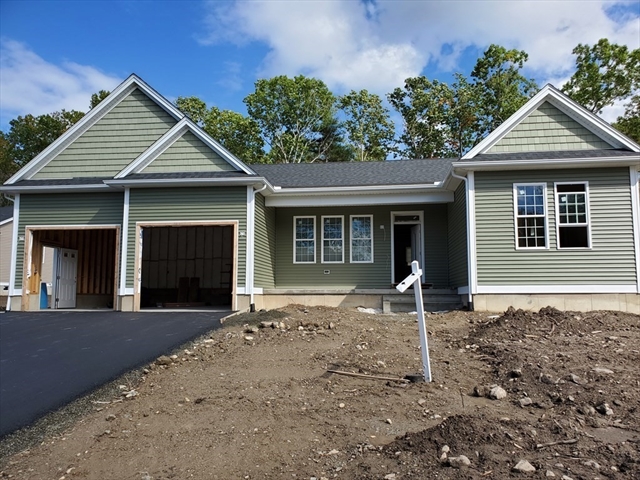Painting your home can be a transformative experience, whether you’re giving a room a fresh look or updating the entire exterior. However, it’s essential to understand that interior and exterior painting projects come with their own set of challenges, considerations, and differences. This blog post will explore the key distinctions between interior and exterior painting and offer guidance to help you tackle each project successfully.
Interior Painting
1. Surface Preparation
Interior painting projects typically involve painting walls, ceilings, trim, doors, and sometimes cabinetry. The key to a successful interior paint job lies in thorough surface preparation. Here’s what you need to consider:
- Cleaning: Walls and surfaces should be clean and free of dust, dirt, and grease. You may need to wash or degrease surfaces before painting.
- Repair: Inspect the walls and trim for any cracks, holes, or imperfections. Fill and sand these areas for a smooth finish.
- Sanding: Lightly sanding the surfaces helps the paint adhere better and provides a smoother finish.
2. Paint Selection
Choosing the right paint for interior spaces is crucial. Interior colors are formulated to withstand everyday wear and tear, such as scuffs and cleaning. Some considerations include:
- Sheen: Interior paints come in various sheens, from flat to high gloss. The choice of sheen depends on the room’s function and your preference.
- Color: Selecting the perfect interior paint color is essential for creating the desired atmosphere in a room. Test paint samples in the actual space to see how they look under different lighting conditions.
- Finish: Different paint finishes, like eggshell or satin, offer varying levels of durability and shine.
3. Weather Conditions
One significant advantage of interior painting is that you don’t need to contend with weather conditions. You can paint year-round, regardless of the climate, making it a more flexible project.
4. Ventilation
While interior painting doesn’t require weather considerations, it’s essential to ensure proper ventilation when working with paint fumes. Use fans and open windows to promote airflow and dissipate odors.

Exterior Painting
1. Surface Preparation
Exterior surfaces endure harsher conditions than interior ones, which means thorough surface preparation is even more critical. Here’s what to keep in mind:
- Cleaning: Exterior surfaces, such as siding, brick, or stucco, often accumulate dirt, mold, mildew, and grime. Power washing or cleaning with a mild detergent may be necessary.
- Repairs: Inspect the exterior for any structural issues or damage, such as rotting wood, cracks, or peeling paint. These issues must be addressed before painting.
- Priming: Exterior surfaces may require priming to ensure proper paint adhesion and coverage.
2. Paint Selection
Choosing the right exterior paint is essential to withstand the elements, including rain, UV rays, and temperature fluctuations. Consider these factors:
- Quality: Invest in high-quality exterior paint that offers durability and weather resistance.
- Color: Exterior paint colors can fade over time due to sun exposure. Consider choosing lighter shades or those with UV-resistant properties.
- Finish: Exterior paints often come in flat, satin, or gloss finishes. Glossier finishes are easier to clean and can shed water, making them suitable for doors and trim.
3. Weather Conditions
Exterior painting is highly weather-dependent. You should plan your project for a time when weather conditions are ideal, typically during a dry and mild season. Avoid painting when temperatures are too hot or too cold, as this can affect paint drying and adhesion.
4. Safety Considerations
Exterior painting may require additional safety precautions, such as using ladders and working at heights. Ensure you have the necessary safety equipment, including harnesses and proper ladder placement, to minimize risks.
Common Considerations for Both Interior and Exterior Painting
While there are distinct differences between interior and exterior painting, some considerations apply to both:
1. Surface Preparation Is Key
Regardless of the project’s scope, thorough surface preparation is crucial for achieving a professional-looking finish. This includes cleaning, repairing, sanding, and priming as necessary.
2. Quality Materials Matter
Invest in quality paint, brushes, rollers, and other painting tools. High-quality materials not only make the job easier but also result in a longer-lasting and more attractive finish.
3. Proper Application Techniques
Learn and apply proper painting techniques, such as cutting edges, using roller covers with the appropriate nap, and maintaining a wet edge to avoid lap marks.
4. Safety First
Safety should always be a priority. Use drop cloths to protect surfaces, wear appropriate personal protective equipment, and ensure good ventilation when working with paint fumes.
5. Plan and Prep Adequately
Take the time to plan your project thoroughly. This includes estimating the amount of paint needed, preparing the workspace, and allowing for adequate drying time between coats.
6. Cleanup and Disposal
Dispose of paint and painting materials responsibly, following local regulations and guidelines. Many areas have specific rules for paint disposal to protect the environment.
7. Consider Hiring Professionals
While DIY painting projects can be rewarding, sometimes it’s best to leave the job to professionals, especially for larger or more complex projects. Professional painters have the expertise and tools to handle both interior and exterior projects efficiently.
In conclusion, interior and exterior painting projects each come with their unique set of considerations according to Painter and Decorator in Luton. Interior painting involves surface preparation, paint selection, and ventilation, while exterior painting requires extra attention to surface preparation, weather conditions, and safety. Regardless of the type of painting project you undertake, meticulous planning, quality materials, and proper techniques are vital to achieving beautiful and long-lasting results. Whether you choose to paint your interiors, exteriors, or both, a freshly painted space can breathe new life into your home and enhance its curb appeal.









